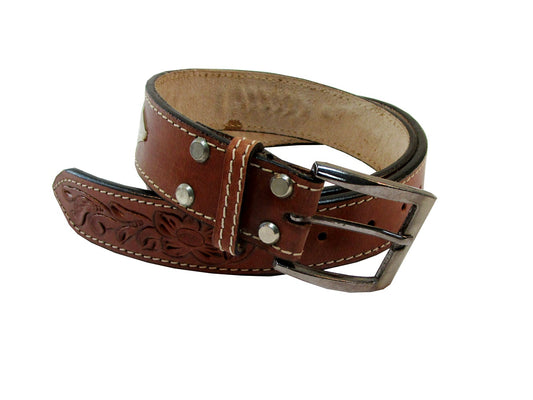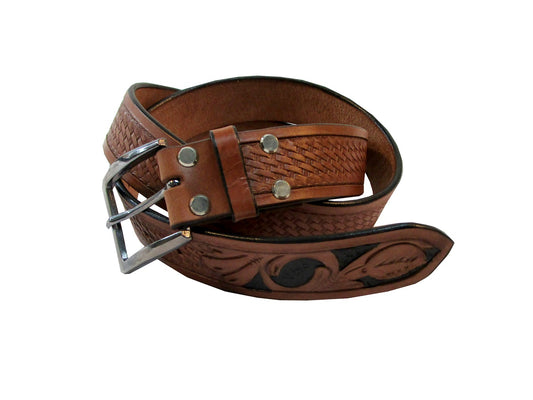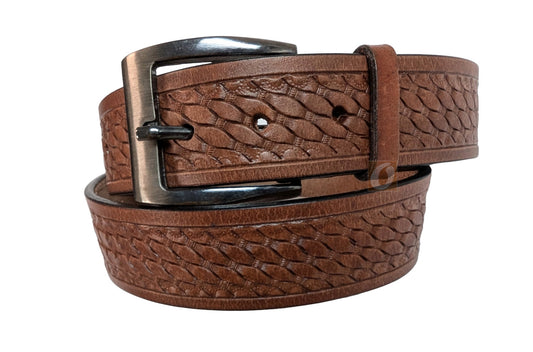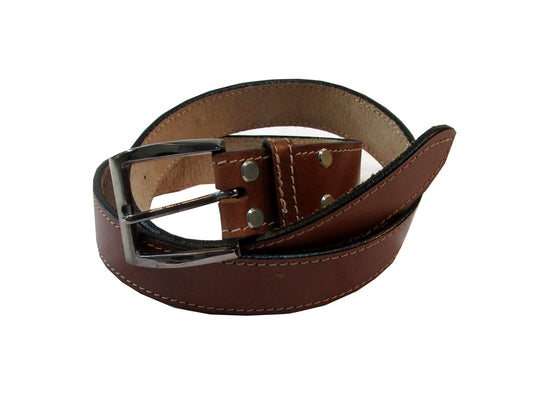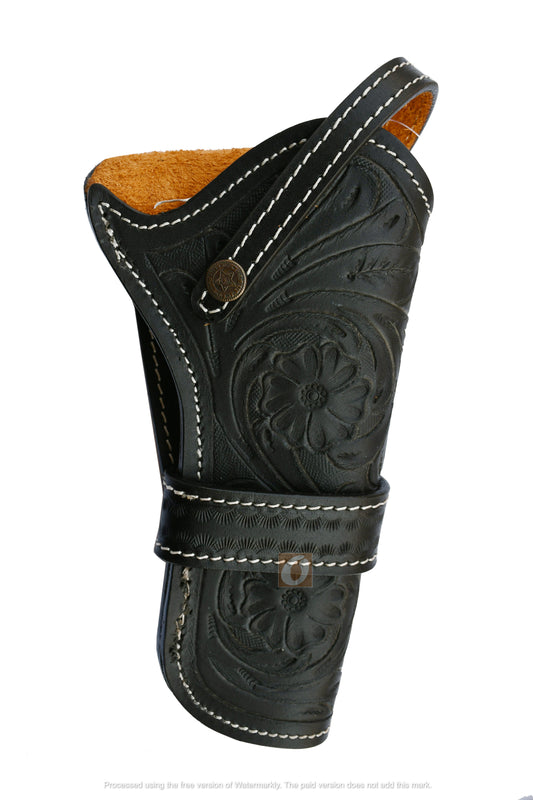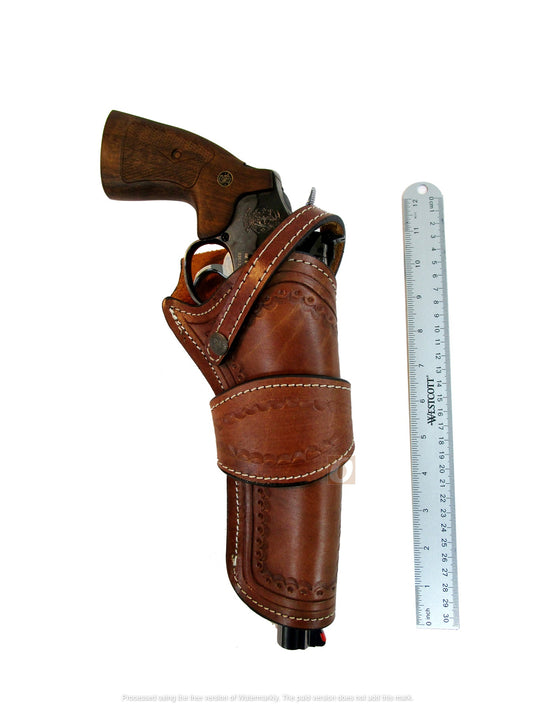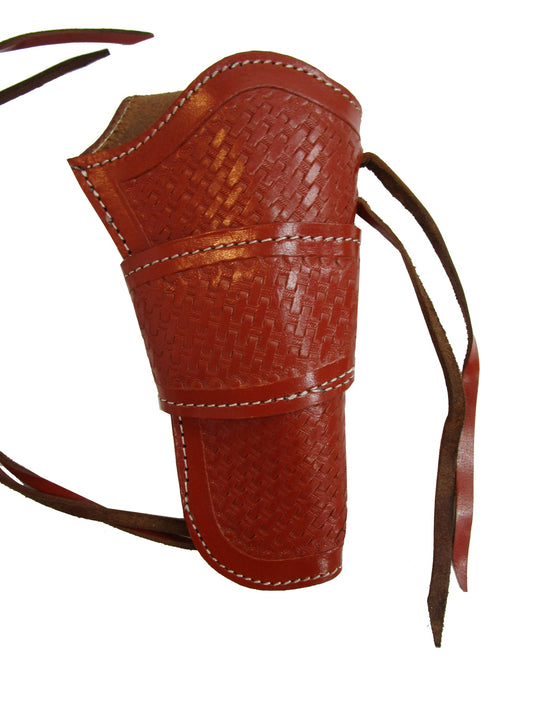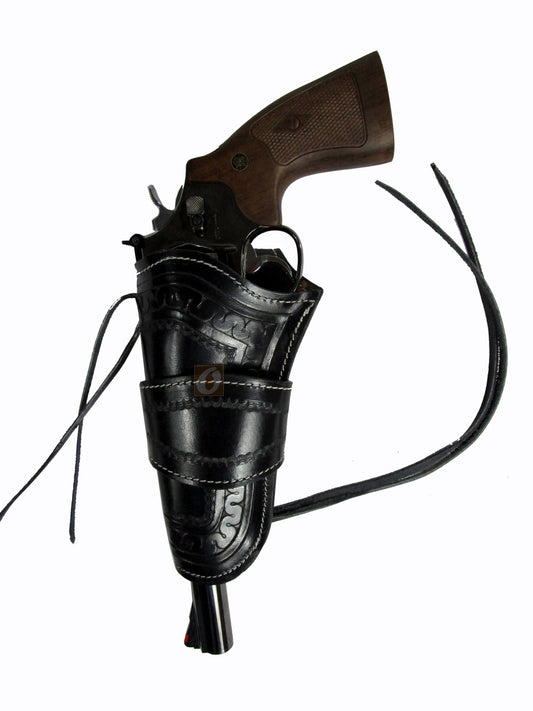How to saddle your Horse ? We will learn how to Saddle your Western Saddle .
How to Saddle Horse?
Today we will learn, how to Saddle your Horse. Are you ready with your Western Saddle ?
Tie your horse. Before you saddle your horse, you need to tie her so that she/he stays put
If you tie your horse with the lead rope, it's always a safe idea to use a quick-release (or “slip”) knot. Consider slipping the tail of the lead rope through the quick release knot’s loop if your horse is knowledgeable about untying knots
Groom your horse. Horses can become very irritated and sore when ridden without being groomed properly; for both your safety and the horse’s you should never skip this step.
Brush your horse’s body. Use a curry comb to remove then a stiff brush to remove the dust and hair brought up by the curry comb. Finish with a soft brush. Pay special attention to the horse’s back, belly, and girth area. Dirt or burrs underneath tack can irritate your horse to the point of misbehaving and even bucking.
Remove tangles and burrs with a mane and tail comb. Be careful when brushing the tail; horses can and will kick.
Clean the horse's hooves and check for lodged stones. Be careful or you may be kicked; you should not do this alone unless you are experienced.
Check for any sores or wounds that may cause discomfort under the saddle area. Don't place a saddle over a wound.
Check the horse for lumps, bumps, swelling, sores, and heat that could mean your horse is unsound and unfit for riding.
Put on a saddle pad or blanket. Your horse needs this to protect its back and keep the saddle in place. Place the saddle pad or blanket on the horse’s back.
Put the pad a bit higher on the withers, then sliding it back into place just behind the mane. This ensures that the hair on the horse’s back lies flat beneath the pad and saddle. Make sure the blanket or pad is even on both sides.
Put the saddle in place. Stand on the left side of the horse, and flip the right-side cinches and stirrup over the seat of the saddle to keep them from getting caught beneath it. Then, swing the saddle over the horse. Rock the saddle back and forth into position and unfold the cinches and stirrup.
Make sure the saddle is positioned properly. Line up the center line with the spine of the horse.
Check that the stirrups hang equally on both sides, make sure that the front of the saddle sits just behind the withers, and not on top of the shoulder blades.
Make sure the saddle fits correctly. You should be able to slide two fingers under the gullet (the curve of the saddle just under the horn) without cramping, and have 3-4 fingers-width of space between the horse’s forearms and the cinch.
Don’t use a saddle if it doesn’t fit properly. An ill-fitting saddle can cause a horse to bolt or buck, and also can make a horse sore and cause bad habits.
Secure the front (main) cinch. This is a key step; you won’t be riding without a cinch! However, keep in mind that you should always cinch up you don’t want your horse to become cinch-sour.
Pull the cinch under the horse’s belly, towards you, and slip the latigo strap down through the cinch buckle. Pull it all the way through and make sure neither the cinch nor the latigo strap is twisted.
Lift the latigo and slip it through the saddle’s D-ring, from outside-in and leaving the ring angled towards the left. Make the cinch snug, but not overly so. Repeat the process once or twice more if you have a lot of length left in the latigo strap.
Straighten the secured part of the strap so each layer is on top of the one beneath it, and then gradually pull down on the tail of the latigo to tighten the cinch. Don’t tighten it all the way; that’ll come later.
Move the tail of the latigo horizontally across the secured latigo and bringing it up through the saddle’s D-ring again, but from the right side. Now slip the tail down through the loop created and fasten the knot. This can be confusing; best to have an experienced saddler help you.
Walk the horse around for a minute or two. This will let the horse relax to the saddle and stop bloating (a strategy many tricky horses will use to keep you from putting the saddle on too tight).
Finish tightening the cinch. Do this pulling the top layer of latigo strap (not the tail) upwards. Keep the tightening a gradual process; don’t rush things.
Put on Headstall
First, place the reins over the horse's head.
Then, guide the horse's muzzle between the nose band and chains of the head stall.
Move the headstall up the horse's head and place the horse's ears in the gap between the crown piece and the browband .Then secure the throat latch on the first notch .
Attach the breast collar if you use one. Do this by latching it to the saddle’s cinch and front D-rings.
This will keep the saddle from slipping backwards and is especially helpful for on the trail.
We are ready to Ride. Giddy up

